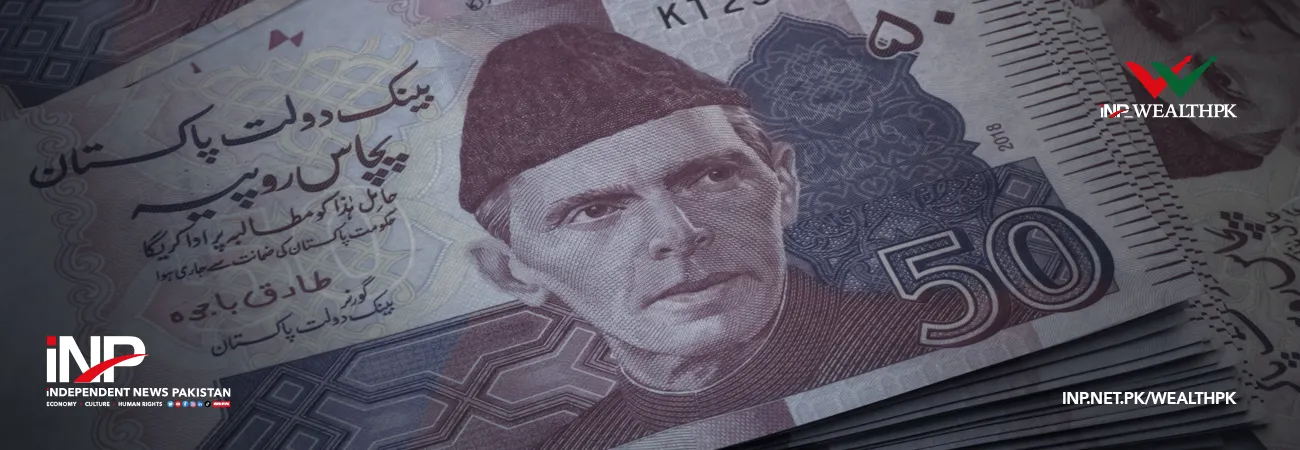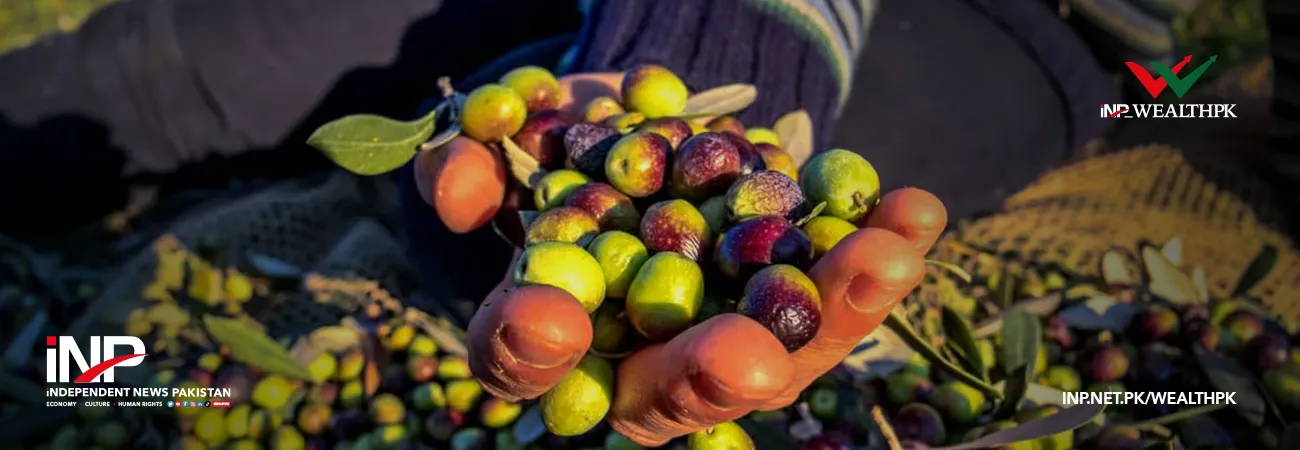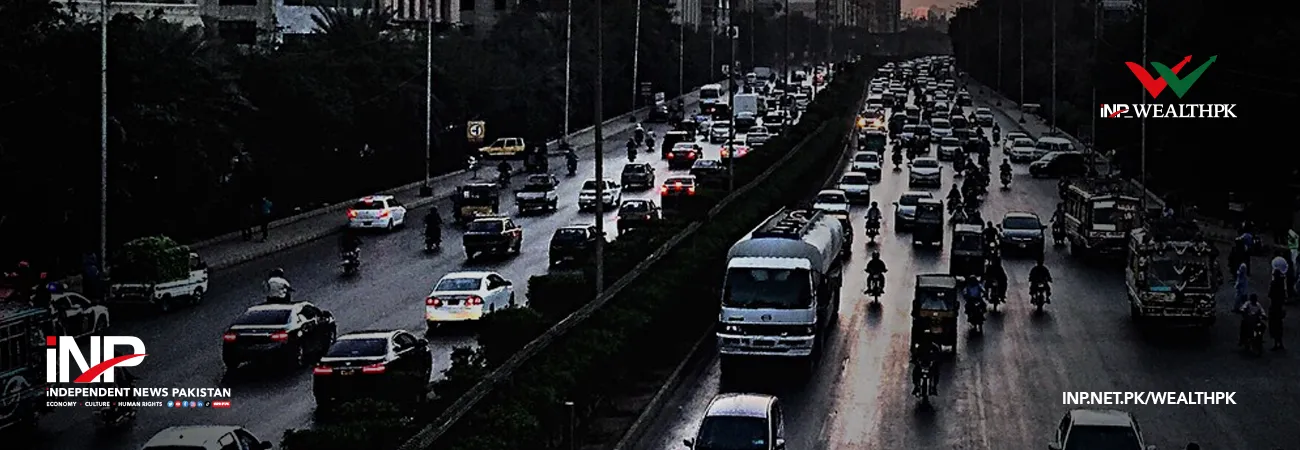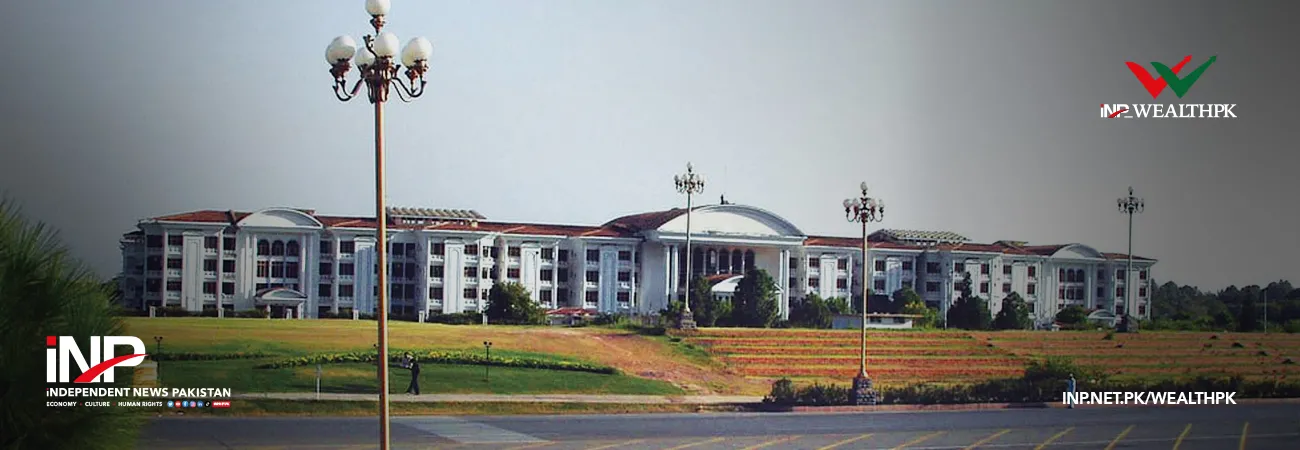INP-WealthPk
By Hamid Mahmood
ISLAMABAD, Oct 29 (INP-WealthPK)- Pakistan's oil consumption is gradually returning to pre-Covid level, as economic activity gains momentum and international oil prices rise again, despite the fact that the oil-producing countries are maintaining their supply limits and trying to handle other supply issues.
Instead of monthly estimation based on Pakistan State Oil (PSO) import costs, the government now revises oil prices every two weeks to pass the price increase reported in Platt's Oilgram on to the consumers.
The government is presently under IMF’s pressure to collect new taxes to compensate for the loss of petroleum levy. On the other hand, the Pakistan Bureau of Statistics (PBS) recently revealed that the oil import bills have nearly doubled (up 102.7%) to over $3.08 billion in July-August 2021 as compared to $1.52 billion in the same period last year.
Petroleum products have consumed a larger chunk of over $1.54bn foreign exchange as their quantities went up by 16 percent in the first two months. Crude quantities increased by 3.2 percent but its import value went up by 84 percent to $820 million in two months.
For the first time since 2013, West Texas Intermediate (WTI) crude oil prices rose to above $81 a barrel due to a rising power crisis from Europe to Asia, increasing oil demand rapidly.
In the last two decades, several oil price shocks have been observed which have increased global oil prices. In 2008, the price of oil approached an all-time high. Oil prices then plummeted in December 2008 due to a drop in global oil demand but rebounded in 2013. The recent spike in oil prices is linked to an increase in global oil consumption as a result of enhanced industrialisation, agricultural automation, and increased use of vehicles for transportation after a decrease in Covid-19 restrictions internationally.
Oil prices continued to rise, reaching a high of $80 per barrel in October 2021, which is the highest since 2013. The crude oil price trend is shown in the figure below.
Crude oil Prices (2000M1-2021M10)
 Source: OPEC
The government propagates that Pakistan has the lowest oil prices in South Asia, but the per capita purchasing power parity is not mentioned, which is also the lowest compared with India, Bangladesh, and Sri Lanka.
The retail fuel cost, which is now about Rs128 per litre, is the highest in the country's history and has a huge impact on the middle class, which mainly uses private transport and small vehicles.
Diesel is also expensive, costing around Rs123 per litre. Because it is mostly used in large transport vehicles, railroads, and agriculture machineries such as trucks, buses, tractors, tube-wells, and threshers, high-speed diesel machines are regarded as extremely inflationary.
Oil has evolved into a critical component of manufacturing and economic growth and its prices impact on almost all macroeconomic indicators, including inflation, interest and exchange rate etc. The government reduces inflationary pressures caused by high oil prices by reducing reliance on imported oil and focusing on alternative renewable energy sources and developing indigenous energy resources such as hydropower. In addition to output objectives, the State Bank of Pakistan (SBP) should set inflation targets and act quickly to reduce inflationary pressures.
In order to reduce inflation, a restrictive monetary policy is necessary. It may be accomplished by giving more independence to SBP. Furthermore, oil pricing in Pakistan should be decided by the market (rather than by the government), since this will encourage competition among oil companies, reducing oil prices and hence inflation.
Source: OPEC
The government propagates that Pakistan has the lowest oil prices in South Asia, but the per capita purchasing power parity is not mentioned, which is also the lowest compared with India, Bangladesh, and Sri Lanka.
The retail fuel cost, which is now about Rs128 per litre, is the highest in the country's history and has a huge impact on the middle class, which mainly uses private transport and small vehicles.
Diesel is also expensive, costing around Rs123 per litre. Because it is mostly used in large transport vehicles, railroads, and agriculture machineries such as trucks, buses, tractors, tube-wells, and threshers, high-speed diesel machines are regarded as extremely inflationary.
Oil has evolved into a critical component of manufacturing and economic growth and its prices impact on almost all macroeconomic indicators, including inflation, interest and exchange rate etc. The government reduces inflationary pressures caused by high oil prices by reducing reliance on imported oil and focusing on alternative renewable energy sources and developing indigenous energy resources such as hydropower. In addition to output objectives, the State Bank of Pakistan (SBP) should set inflation targets and act quickly to reduce inflationary pressures.
In order to reduce inflation, a restrictive monetary policy is necessary. It may be accomplished by giving more independence to SBP. Furthermore, oil pricing in Pakistan should be decided by the market (rather than by the government), since this will encourage competition among oil companies, reducing oil prices and hence inflation.













